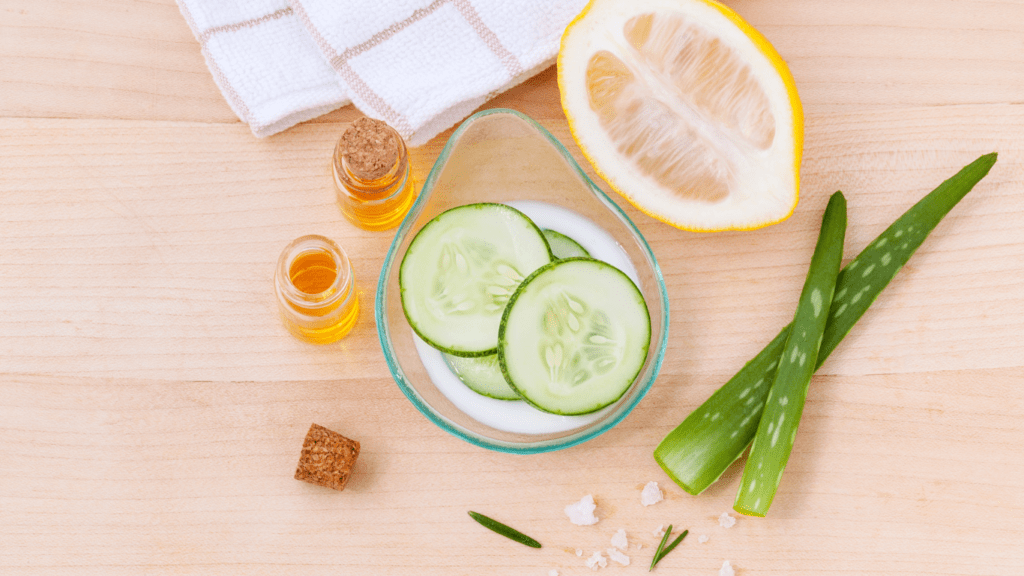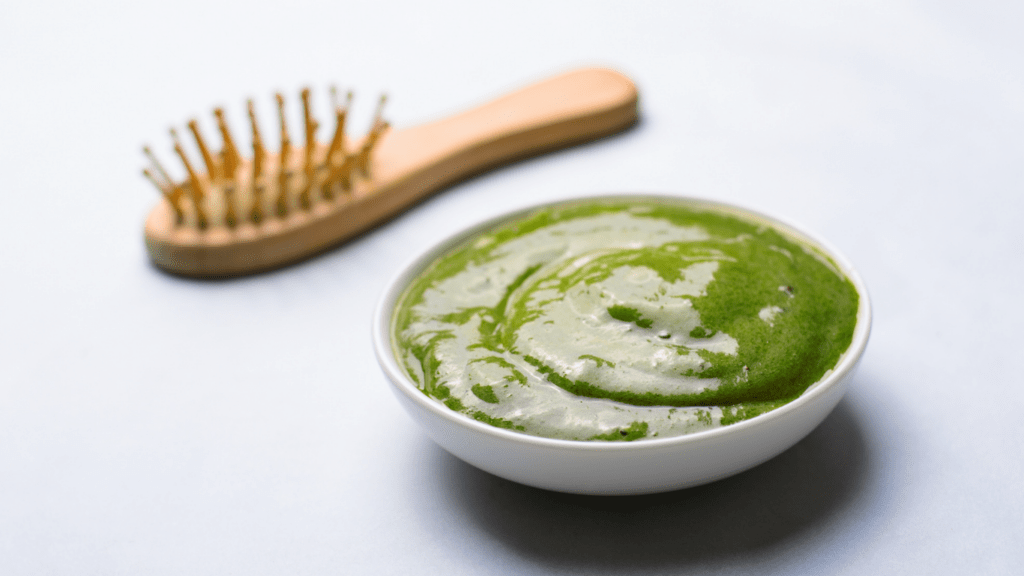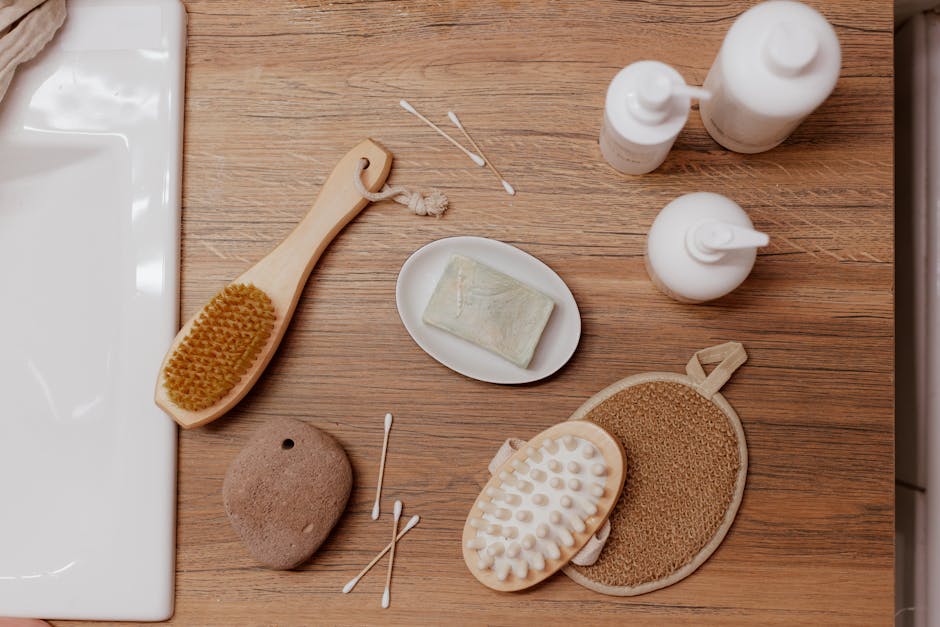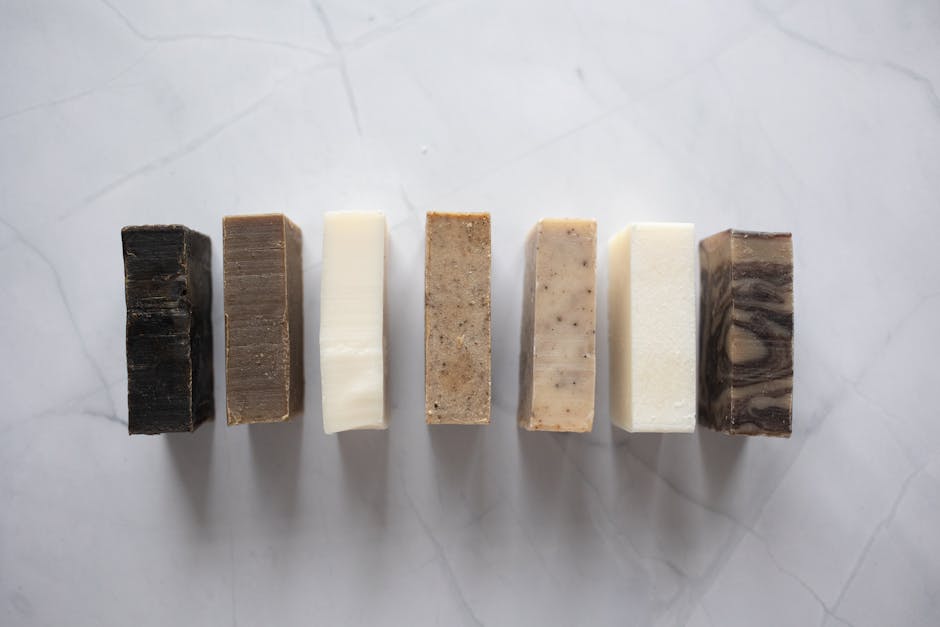The Rise of DIY Natural Beauty Treatments
Interest in DIY natural beauty treatments has surged in recent years. More people embrace homemade solutions for their skincare needs.
Why Make Your Own Beauty Products?
Creating beauty products at home offers control over ingredient quality. Traditional beauty items often contain preservatives and synthetic chemicals.
By making my own, I ensure only natural components, like honey and coconut oil, touch my skin. This customizes my skincare to address unique concerns, like dryness or acne, because I can adjust recipes easily.
The Environmental and Health Benefits
Homemade beauty treatments reduce environmental impact. Store-bought products usually come in plastic packaging, contributing to waste. DIY solutions, often stored in reusable containers, minimize this footprint.
Health benefits also abound; avoiding harmful additives decreases risks of skin irritations and long-term effects like hormone disruption. Using pure, familiar items provides peace of mind and supports a greener lifestyle.
Essential Ingredients for Homemade Beauty Treatments
Natural ingredients play a crucial role in DIY beauty treatments, delivering effective and safe solutions for various skincare needs.
Natural Oils and Their Benefits
Natural oils offer multiple benefits, making them key components in beauty treatments:
- Coconut Oil: Hydrates, reduces inflammation, and is ideal for dry skin and hair masks.
- Olive Oil: Contains antioxidants and moisturizes, suitable for anti-aging skincare.
- Jojoba Oil: Mimics skin’s natural oils, non-comedogenic, perfect for balancing oily and acne-prone skin.
- Argan Oil: Rich in Vitamin E and fatty acids. It’s great for nourishing hair and skin.
Herbs and Spices for Skincare
Herbs and spices provide natural remedies to enhance skincare routines:
- Aloe Vera: Soothes, hydrates, and heals. It treats sunburns and acne.
- Turmeric: Anti-inflammatory and antimicrobial. It brightens skin and reduces acne scars.
- Lavender: Calms skin irritation, reduces redness, and adds a pleasant scent to treatments.
- Rosemary: Antioxidant-rich, stimulating circulation. It helps with acne and improves skin tone.
Each ingredient offers unique benefits, addressing specific skincare concerns efficiently and naturally.
Popular DIY Beauty Treatment Recipes

Creating your own beauty treatments at home offers control over ingredients and customization for unique skin and hair needs. Here are some effective recipes you can try.
Face Masks for Every Skin Type
Face masks can address a variety of skincare concerns. For dry skin, mix 2 tablespoons of honey with 1 tablespoon of coconut oil. Apply the mixture, leave it on for 15 minutes, then rinse with warm water.
Honey and coconut oil both offer hydrating properties that combat dryness.
For oily skin, combine 2 tablespoons of bentonite clay with 1 tablespoon of apple cider vinegar. Apply the mixture, leave it on until it dries, then rinse. Bentonite clay helps absorb excess oil and impurities, while apple cider vinegar balances skin pH levels.
Sensitive skin benefits from a mask made of 2 tablespoons of oatmeal, 1 tablespoon of yogurt, and 1 teaspoon of honey. Mix the ingredients, apply to the face, leave it for 15 minutes, then rinse.
Oatmeal soothes irritation, yogurt gently exfoliates, and honey provides antibacterial properties.
Homemade Hair Treatments for Luscious Locks
Revitalizing hair treatments can be easily created with common household ingredients. For a deep conditioning treatment, mix 2 tablespoons of coconut oil with 1 tablespoon of honey.
Apply the mixture to damp hair, focusing on the ends, cover with a shower cap, and leave it for 30 minutes before rinsing. Coconut oil penetrates the hair shaft to provide moisture, while honey adds shine.
For a scalp treatment targeting dandruff, combine 2 tablespoons of apple cider vinegar with 2 tablespoons of water and 5 drops of tea tree oil. Massage into the scalp, leave it for 15 minutes, then rinse thoroughly.
Tea tree oil has antifungal properties, and apple cider vinegar helps to balance the scalp’s pH.
For hair growth, a mask made from 2 tablespoons of castor oil and 1 tablespoon of olive oil can be applied. Massage into the scalp, leave for 30 minutes, and rinse.
Castor oil improves circulation, promoting hair growth, while olive oil nourishes the scalp and hair.
By leveraging these simple ingredients, you can create personalized treatments that suit your specific beauty needs.
Tips for Creating Effective Beauty Treatments at Home
Creating beauty treatments at home can be both enjoyable and beneficial. Follow these tips to ensure you get the most out of your DIY natural beauty products.
Understanding Your Skin and Hair Type
Identifying your skin and hair type is crucial before starting any DIY beauty treatments. Skin types include oily, dry, combination, and sensitive. Each type requires different ingredients for optimal results.
- Oily Skin: Lemon juice, tea tree oil, and apple cider vinegar help balance oil production.
- Dry Skin: Honey, aloe vera, and coconut oil provide hydration.
- Combination Skin: Yogurt, cucumber, and jojoba oil address diverse areas.
- Sensitive Skin: Oatmeal, chamomile, and rose water soothe irritation.
Hair types vary as well, with common categories being straight, wavy, curly, and coily. Identifying your hair type helps in choosing the right ingredients for homemade treatments.
- Straight Hair: Aloe vera, apple cider vinegar, and light oils like argan oil.
- Wavy Hair: Coconut oil, shea butter, and proteins such as egg yolks.
- Curly Hair: Honey, olive oil, and deep conditioning agents like avocado.
- Coily Hair: Castor oil, shea butter, and moisturizing ingredients like glycerin.
Safety Tips for DIY Beauty Products
Ensure safety while creating DIY beauty products by following these guidelines:
- Patch Test: To avoid allergic reactions, apply a small amount of the mixture to your inner arm or behind the ear and wait 24 hours.
- Quality Ingredients: Use fresh, organic ingredients free from contaminants. This ensures the effectiveness and safety of your treatments.
- Proper Storage: Store mixtures in clean, airtight containers in a cool, dark place. This extends shelf life and prevents ingredient degradation.
- Avoid Cross-Contamination: Use clean utensils and containers to prevent bacteria growth. Avoid dipping fingers directly into mixtures.
- Research: Understand the properties and possible side effects of each ingredient by consulting reliable sources before use.
By understanding your skin and hair type and adhering to safety practices, you can create effective and safe beauty treatments at home.




